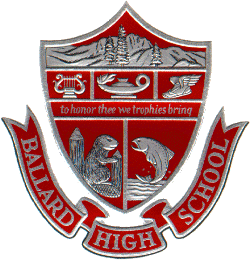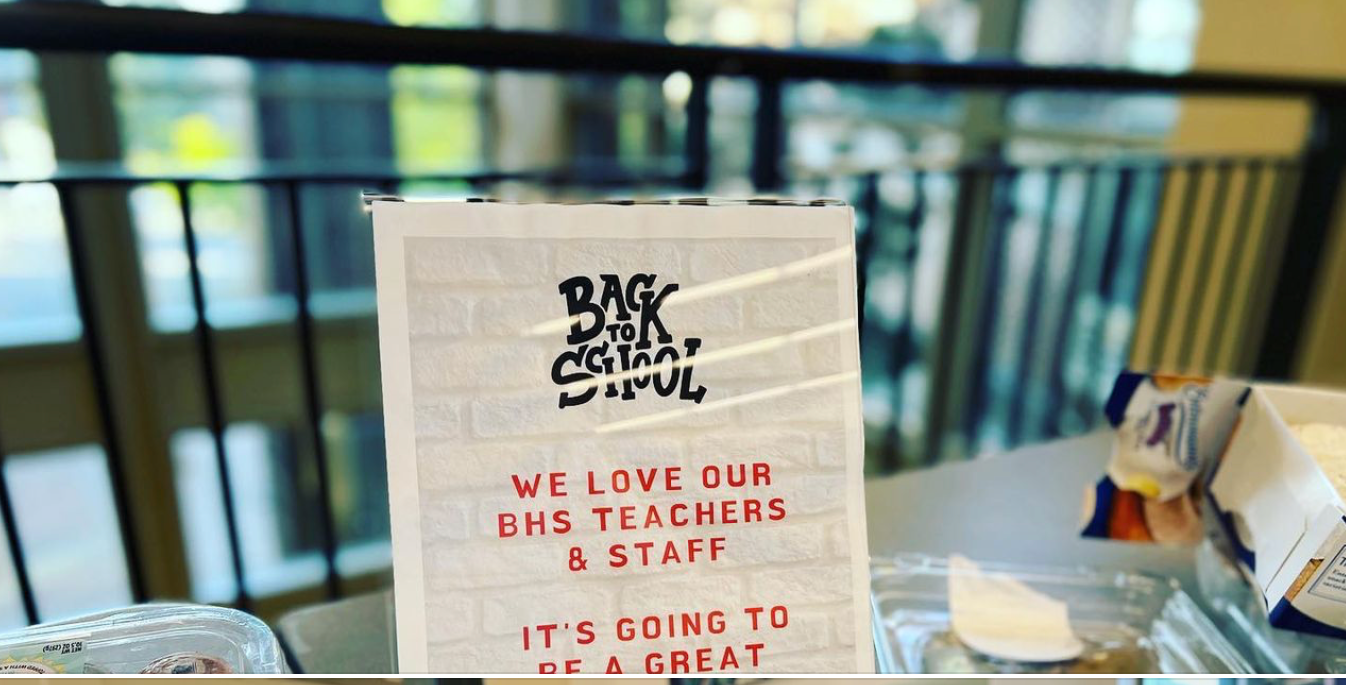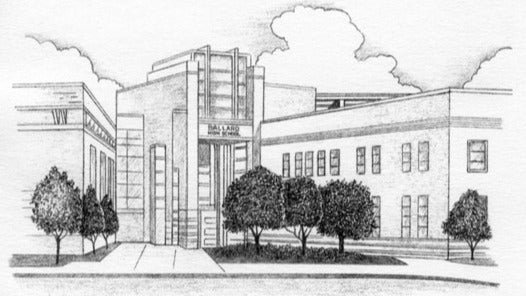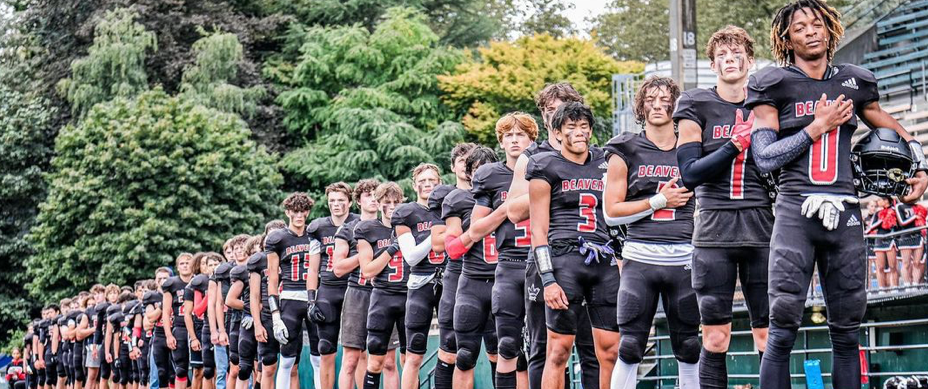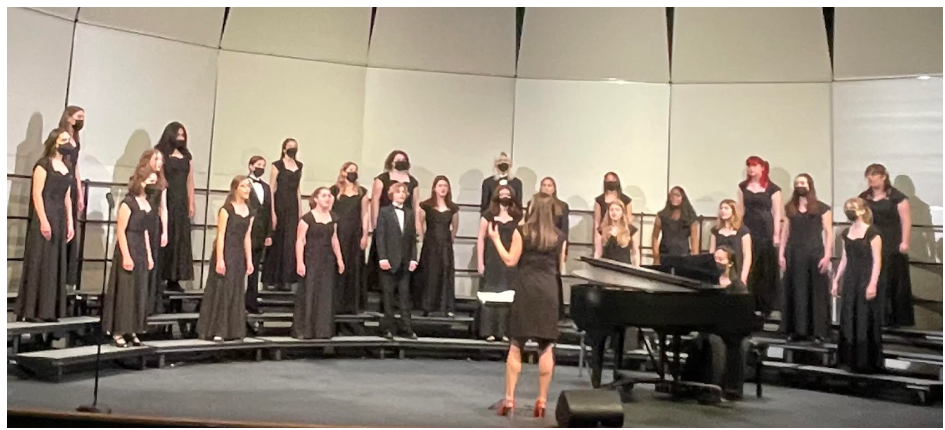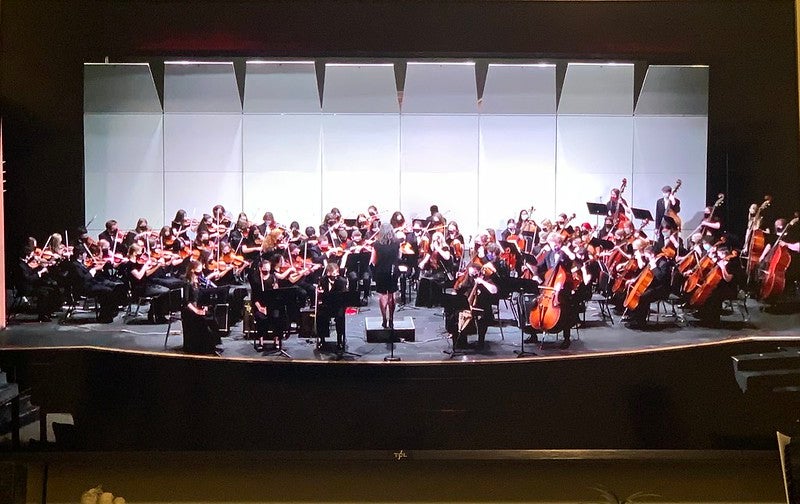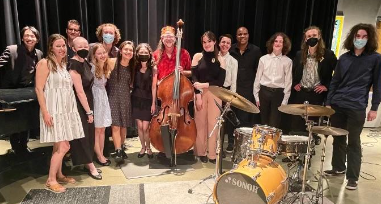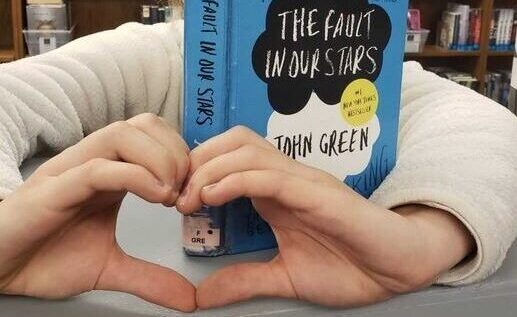About
About Ballard High School
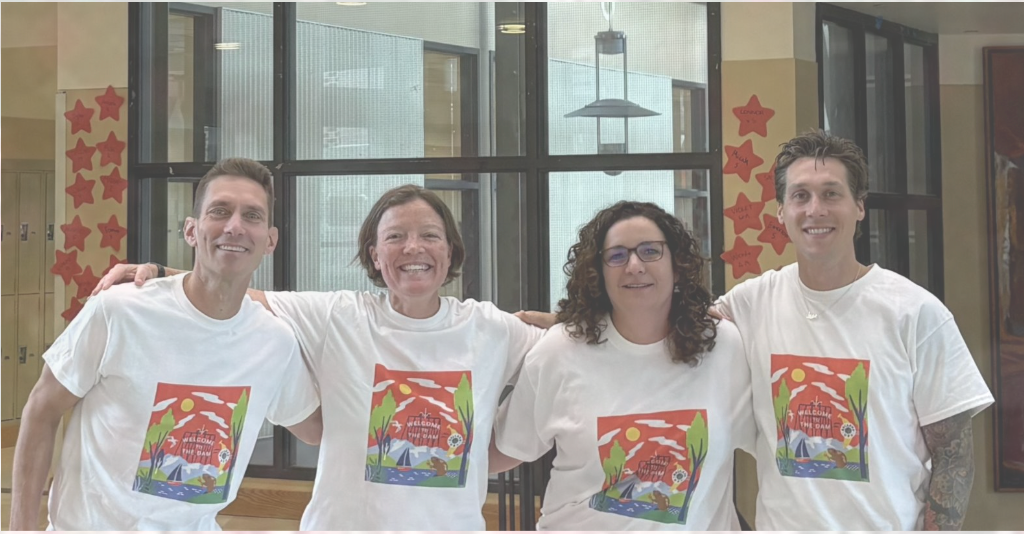
Ballard High School is a proud community of learners that is supported by a passionate group of staff, parents and alumni to provide a rigorous education for all of our students.
We believe strongly that engaging students in school through academies, pathways, performing arts, athletics & activities increases their learning opportunities. Simply stated, students who get involved at Ballard High School, perform better at Ballard High School.
Get Involved at Ballard High School
There are countless ways to get involved at BHS. Here are a few:
- Ballard Performing Arts
- Ballard Athletic Booster Club
- Ballard High School PTSA
- BHS Student Clubs and Organizations
Ballard also offers a wide variety of rigorous and engaging Advanced Placement Courses, UW in the High School Courses, Running Start and CTE to challenge students and prepare them for college and life. View additional information on the Academics Overview and our BHS PTSA Get Involved pages.
Ballard High Lip Dub!
After 10 years, we are excited to present the 2024 BHS Lip Dub Music Video! Filmed June 3, 2024.
Our Mural
“It is not our differences that divide us. It is our inability to recognize, accept, and celebrate those differences.“
-Audre Lorde

Ballard HS students were inspired to create a mural that embraces and celebrates diversity within our school. The mural came about from conversations that started during BHS Race and Equity meetings during the 2018-19 school year. Students expressed that one way to create a welcoming environment is through art on our school walls. Students suggested that a mural project could celebrate and honor the diverse community at Ballard High School.
From this initial idea the project progressed, and students and staff then proposed a grant request to the PTSA to obtain the needed funding. With funding in place, Urban Artworks was contracted to work with students by providing a collaborating artist, Mari Shibuya to facilitate the design and creation of the mural.
In mid-August of 2019 students met with Mari to start planning the mural. Through the expert facilitation of Mari students arrived at the final design to include representation and celebration from many cultures. The mural was painted over 4 days in a massive group effort that included students, teachers, Urban Artworks artists, and community members.
The hope for the mural is that it inspires curiosity and celebration of the rich cultural history of our community. View the completed mural on the 2nd floor at the top of the stairwell across from the BHS Library.
“Great message and beautiful images featured throughout and it even features a Beaver alum (Silme Domingo)!“
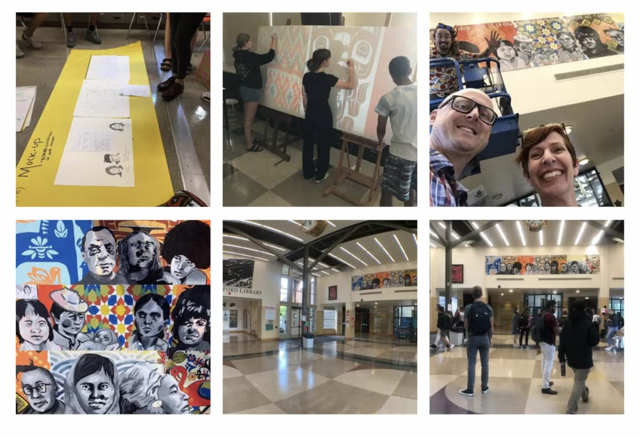
Our Art Collection and History
As of August 28, 2025
